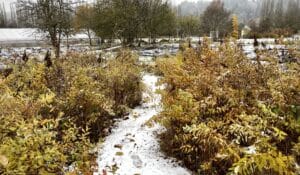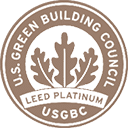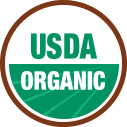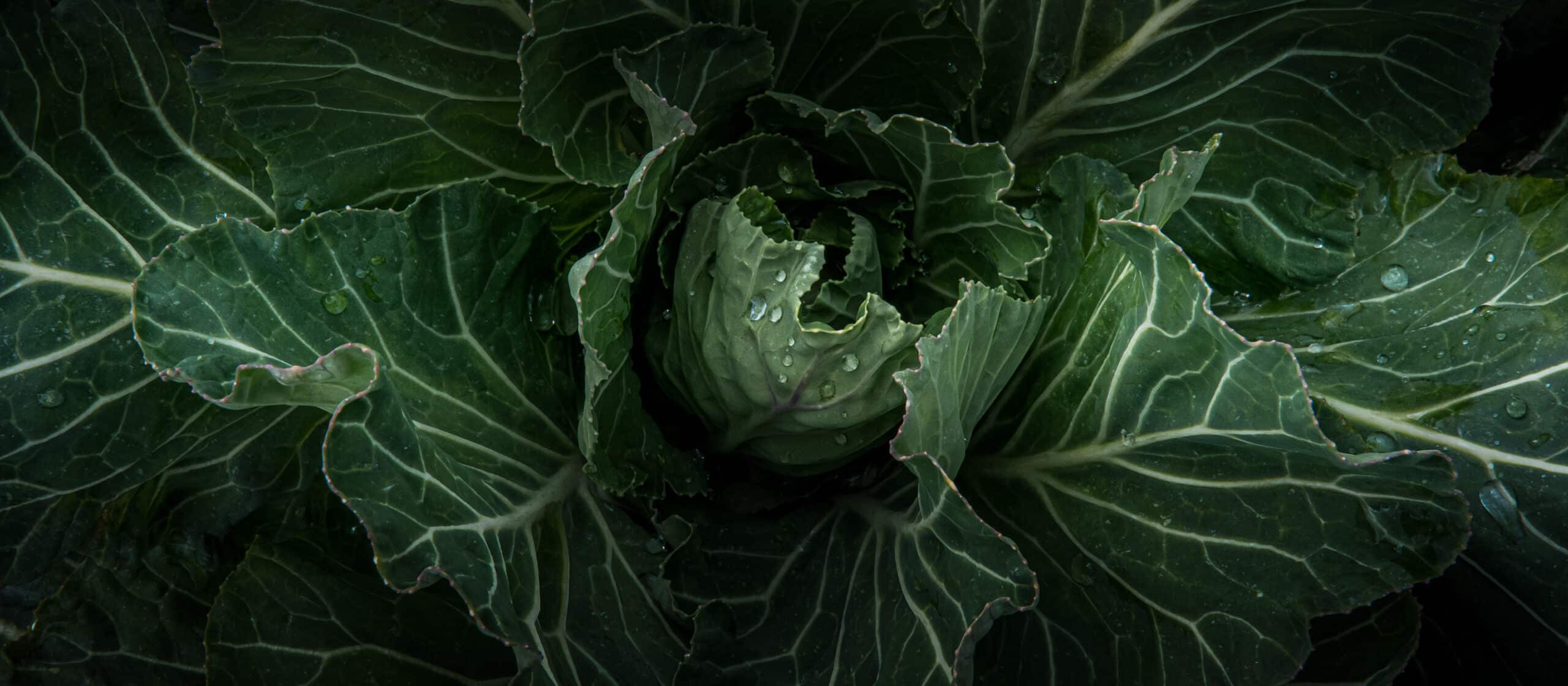
Mushroom Experiments: Supporting the Farm Ecosystem
Mushroom Experiments: Supporting the Farm Ecosystem
- posted on: March 9, 2021
- posted by: Rebecca Jordan
"*" indicates required fields

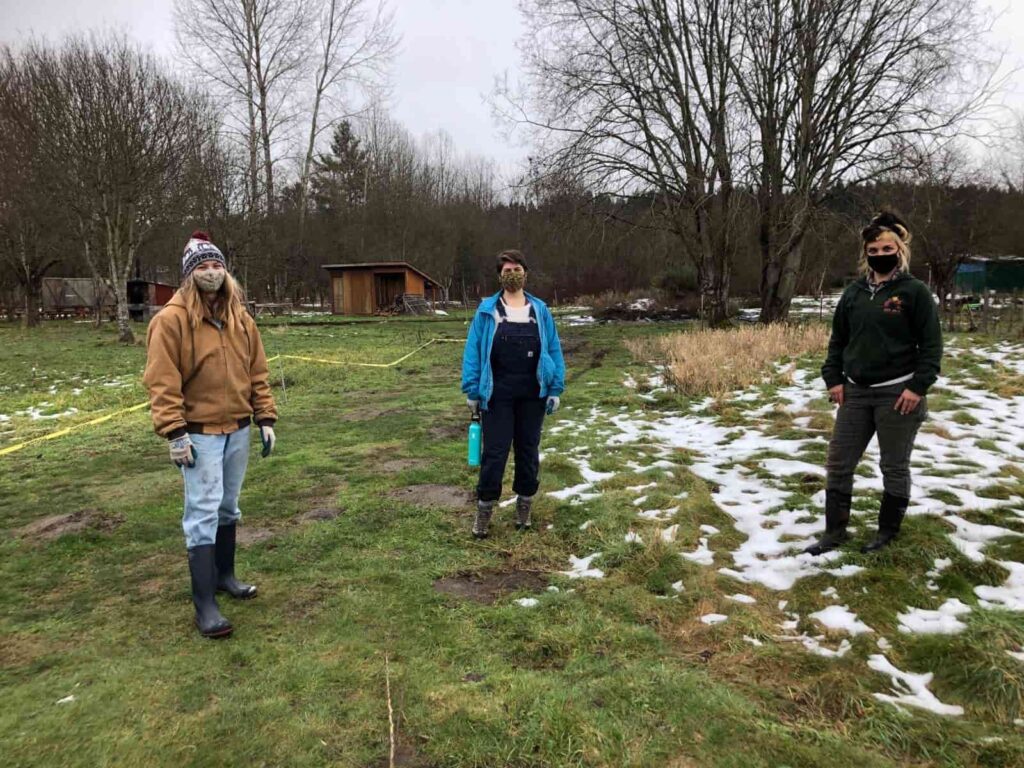
This post was written by Angelica Lucchetto and Landon Harsch.
When talking about ecosystem services, many of us know that plants and animals play crucial roles in our ecosystems. But have you ever stopped to consider the roles of mushrooms? Once you learn more about our fungus friends, you’ll find they’re so much more than just a tasty pizza topping!
Hi, Landon and Angelica here. We are two students studying Environmental Science and Sustainability, volunteering to bring mushroom growth to the 21 Acres campus. Recently on the farm, we have taken a step into this curious world by growing a variety of mushroom species through three different cultivation methods: inoculating logs, compost, and mulch in the wetland.
Fungi play many vital roles in all of Earth’s ecosystems. They act as decomposers, mycorrhizal associates (acting in a symbiotic relationship with neighboring plants), pathogens, food sources, and medicine.
Killer Decomposers
As decomposers, fungi break down decaying plant and animal matter and recycling the nutrients back into the ecosystem. This is largely achieved by saprophyte fungi. Because certain elements (such as nitrogen and phosphorus) are hard to come by in the environment, they must be recycled from decaying organic matter so that other organisms can use them. The metabolic processes of fungi do this naturally, contributing to the fascinating systems of death ecology.
In a majority of ecosystems, only 10% of organic matter is consumed by animals and assimilated into their bodies. The other 90% is unavailable until an animal dies and decomposers break down the nutrients in its body, making them biologically available for other organisms. This is why when an animal dies, the carcass becomes a mini-ecosystem in itself, full of thriving decomposers (fungi, bacteria, and insects) and plants. From the death of one organism comes the life of many others. Nature is poetic like that.
Nitrogen-fixing Symbiosis
In addition to their indirect relationships with an ecosystem as decomposers, fungi can also have relationships with individual plants and animals. While some types of fungi are parasitic, meaning their relationship with a plant or animal eventually kills it, many other symbiotic relationships between fungi, plants, and animals are mutualistic, benefiting both organisms. One mutualistic relationship is particularly important in agriculture: that of mycorrhizal fungi and the roots of legumes.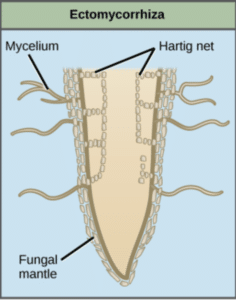
We often call legume plants “nitrogen-fixing,” but it is not actually the plants that make the nitrogen available–it’s the fungi in their roots! To the right is a diagram depicting this relationship. The diagram shows how the mycorrhizal fungus forms a kind of crust around nodules in the plant’s root, called a mantle. From the mantle, mycelium, the vegetative body of the fungus, extends out into the soil to absorb nutrients like nitrogen. Through its metabolic process, the fungus transforms the once-unavailable nitrogen in the soil into a form that the plant can use. This is why many organic and regenerative farms, including 21 Acres, use legumes such as alfalfa, clover, and vetch as cover crops. When the cover crops are turned over before planting season, the bioavailable nitrogen stored in the plants is returned to the soil–a job that has historically been done by synthetic fertilizers!
The mutualistic relationship between mycorrhizal fungi and some cover crops is just one example of many ways fungi improve the soil on farms. By breaking down organic matter and balancing nutrient levels in the soil, fungi play a crucial role in maintaining ideal growing conditions. But mushrooms have additional roles in the anthropomorphic world—including, but not limited to, acting as food, medicine, and may play vital roles in solving the problems of our modern world.
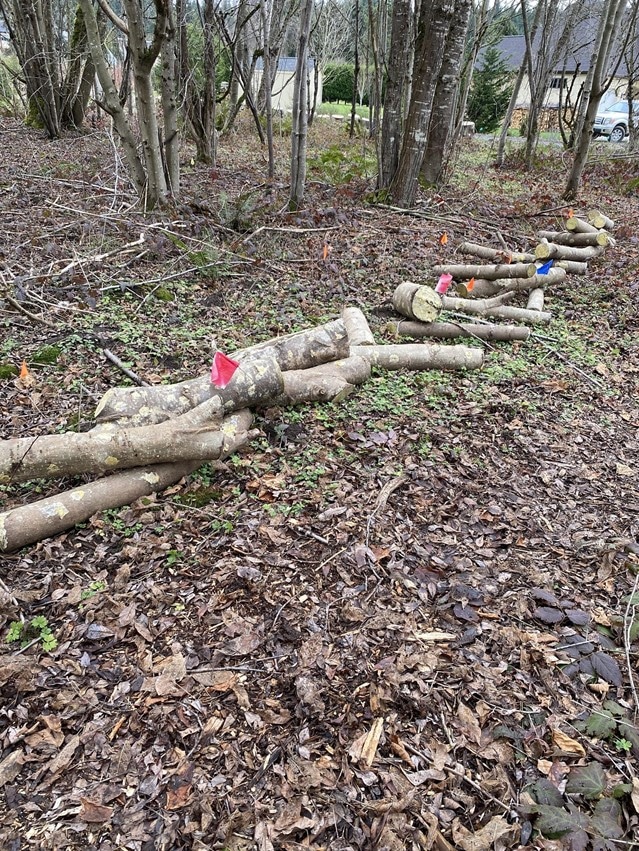
Supporting the farm ecosystem with edible mushrooms
For our project, we are cultivating a variety of mushrooms that are edible to humans, including blue oyster, lion’s mane, and an attempt at morels. Once the fruiting bodies (the above-ground edible part) of the mushrooms emerge, they can be harvested and added to many delicious recipes. But mushrooms are not just food for people. For example, many types of insects use mushrooms for food and habitat, and those insects may become a food source for birds. More birds on the farm means more pest control.
By cultivating mushrooms in the 21 Acres wetland, we hope to boost the wetland food web in a way that is beneficial to the ecosystem and our agricultural practices.
Try it!
If you’d like to learn more about how to inoculate your own logs (as shown to the left), compost, and mulch with mushrooms, here are some helpful resources:
- Growing Mushrooms Using Spent Coffee Grounds
- Inoculating Mushroom Logs
- How to Use Native Fungi to Improve Soil Quality and Bulletproof Your Food Forest Against Disease (and more on mycorrhizal fungi’s function!)
- How to Grow Mushrooms Outside in a Bucket
- How to Grow Mushrooms in…. Okay, 7 different ways! Including Your Garden Beds!
About Angelica Lucchetto
Angelica Lucchetto is an Environmental Science student at UW Bothell, graduating with her Bachelor’s degree in June 2021. She is interested in all kinds of environmental research, and is passionate about connecting people to each other and their environment through ecological restoration. You can check out some of her previous work here: https://fieldnotesjournal.org/current-issue.
About Landon Harsch
Landon Harsch is a student at Arizona State University studying Sustainability with an emphasis in Ecosystem Sciences and a Minor in Biological Sciences. She has a wide array of interests but is most passionate about creating a world where humans and nature can thrive. You may connect and see her previous work here: https://www.linkedin.com/in/landon-harsch-522b3a144
Additional Sources
Fungi Habitat, Decomposition, and Recycling. (2020, August 14). Retrieved March 3, 2021, from https://chem.libretexts.org/@go/page/13601
Mutualistic Relationships with Fungi and Fungivores. (2020, August 14). Retrieved March 3, 2021, from https://chem.libretexts.org/@go/page/13602










 back to blog overview
back to blog overview


